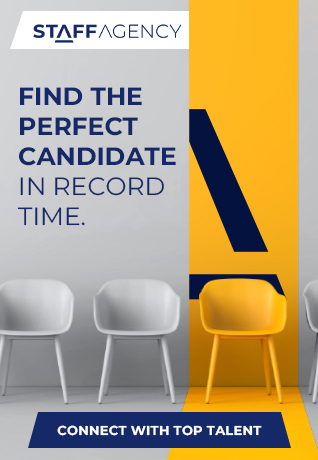In today’s fast-paced corporate world, the need for innovative and adaptable talent management strategies is more critical than ever. Design thinking, a proven methodology in product development and customer experience enhancement, is emerging as a transformative force in talent management. This article explores the application of design thinking in refining talent management approaches, aiming to cultivate environments that foster engaged, productive, and fulfilled employees.
The Essence of Design Thinking in Talent Management
Central to the application of design thinking in talent management is a profound understanding of the employee experience. This process involves a thorough mapping of the employee journey, encompassing all aspects from onboarding to ongoing development. Employers engage in consistent listening sessions, conduct surveys, and implement feedback mechanisms to gain deep insights into employee needs and aspirations. This approach ensures that talent management strategies are not merely top-down directives but are thoughtfully shaped by the actual experiences and expectations of the workforce.
Stages of Design Thinking in Talent Management
1. Empathize: Gaining Insights into Employee Experiences
The journey begins with the empathize stage, where the primary focus is on understanding the employee experience in depth. This stage involves mapping out the employee journey comprehensively, utilizing techniques like listening sessions and surveys to gather invaluable insights, ensuring that the development of talent management strategies is grounded in the real experiences of employees.
2. Define: Identifying Key Talent Management Challenges
Insights from the empathize stage are synthesized in the define phase, where employers pinpoint the principal challenges and opportunities within the employee journey. This stage is about analyzing feedback to articulate specific talent management needs, setting a clear direction for developing solutions that align with employee needs and values.
3. Ideate: Conceptualizing Creative Talent Solutions
With a defined understanding of talent management needs, the ideation stage is where creative solutions are brainstormed. This phase encourages open thinking and exploration of potential solutions. Collaborative efforts between employers and HR teams lead to a diverse array of ideas aimed at enhancing the employee experience, from unique onboarding processes to personalized development plans.
4. Prototype: Experimentation of Talent Management Initiatives
The prototyping stage involves turning the ideas from the ideation phase into tangible, testable initiatives. This could involve developing pilot programs or new HR policies, with the aim of trialing these concepts in a controlled environment to assess their impact and practicality.
5. Test: Refining and Improving Strategies
The final stage is the testing phase, where the prototyped initiatives are evaluated with a broader employee base. This involves gathering feedback and observing the performance of these initiatives in a real-world setting, crucial for refining and enhancing talent management strategies. This stage represents an iterative process where new insights can lead to further development and improvement.
Redefining Professional Development: Collaborative and Personalized Approaches
Design thinking in professional development moves beyond generic programs to create personalized plans informed by individual career goals and learning preferences. Employers are encouraged to facilitate cross-functional brainstorming sessions to generate innovative ideas for professional growth, promoting a culture of continuous learning and development within the organization.
Enhancing the Work Environment: Fostering a Culture of Innovation
The application of design thinking also extends to the transformation of physical and virtual workspaces, encouraging creativity, collaboration, and well-being. Policies that support risk-taking and creative problem-solving are integral, helping to cultivate a dynamic and forward-thinking workforce.
Revolutionizing Employee Engagement and Satisfaction
Employers are tasked with developing unique, tailored experiences to deepen employee engagement. This involves creating personalized recognition programs and team-building activities, underpinned by a feedback-driven improvement cycle that ensures ongoing relevance and impact of engagement strategies.
Charting the Future of Talent Management
Adopting design thinking in talent management equips employers with responsive and employee-centric strategies, enhancing the overall employee experience and driving organizational growth. As the business world evolves, this empathetic and iterative approach positions organizations to effectively navigate future challenges and opportunities, leading to a more vibrant and productive workplace.




